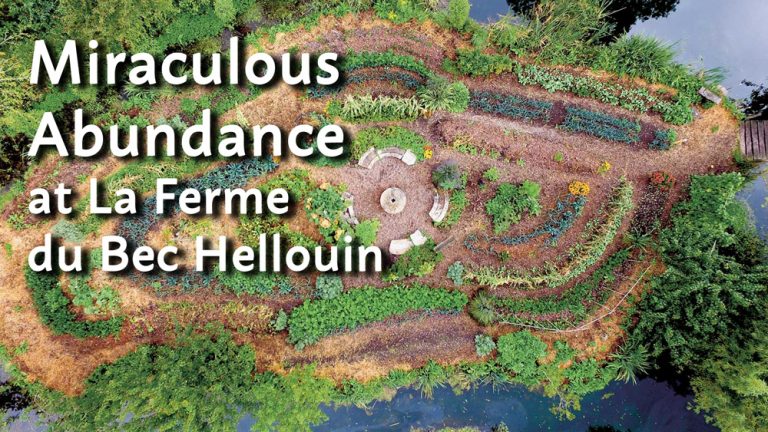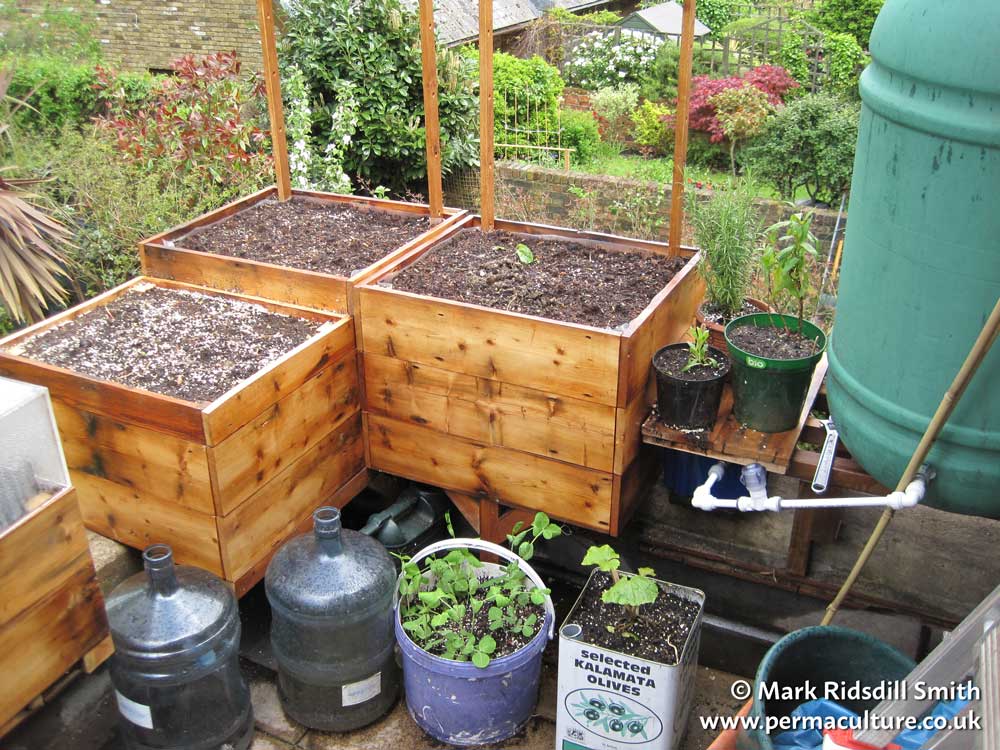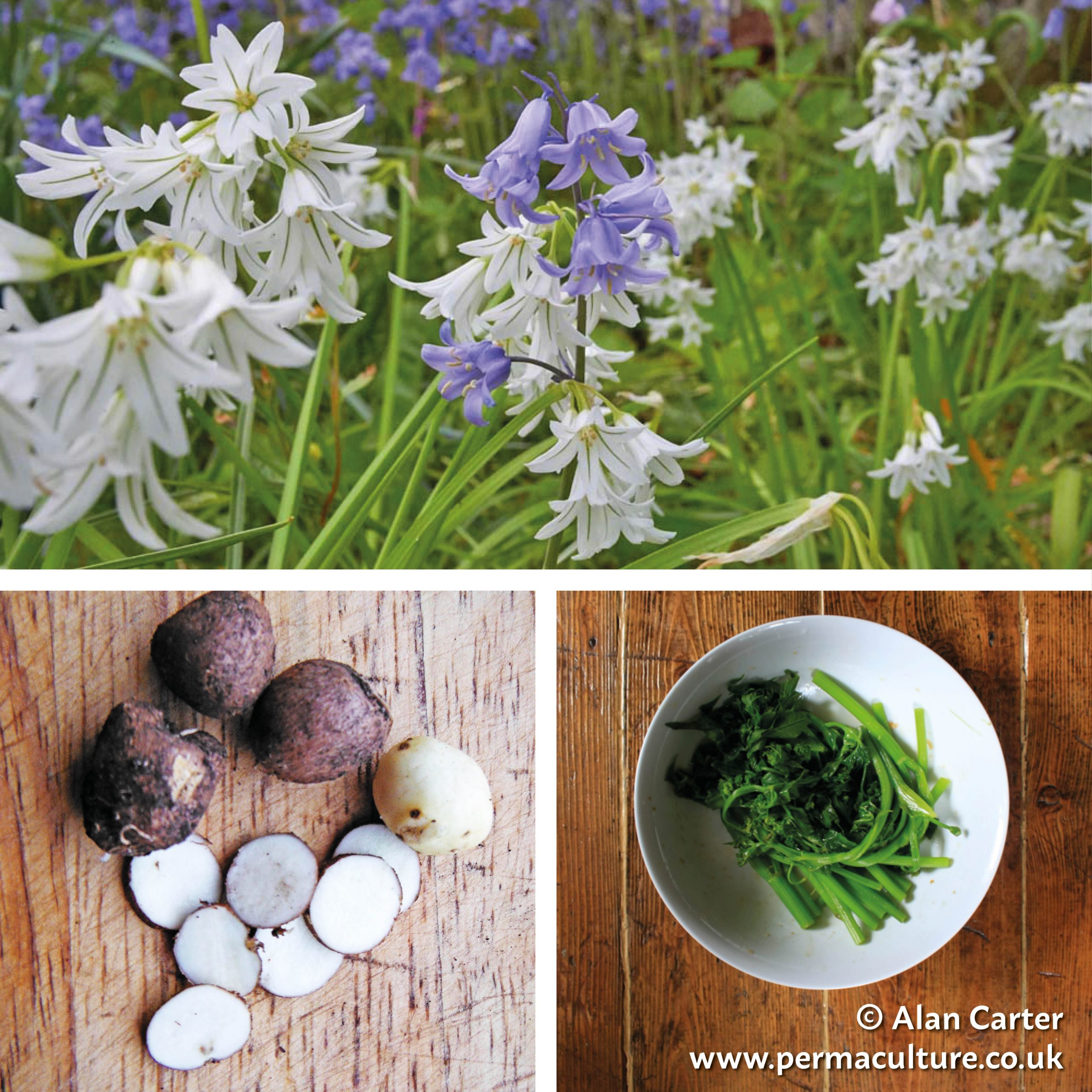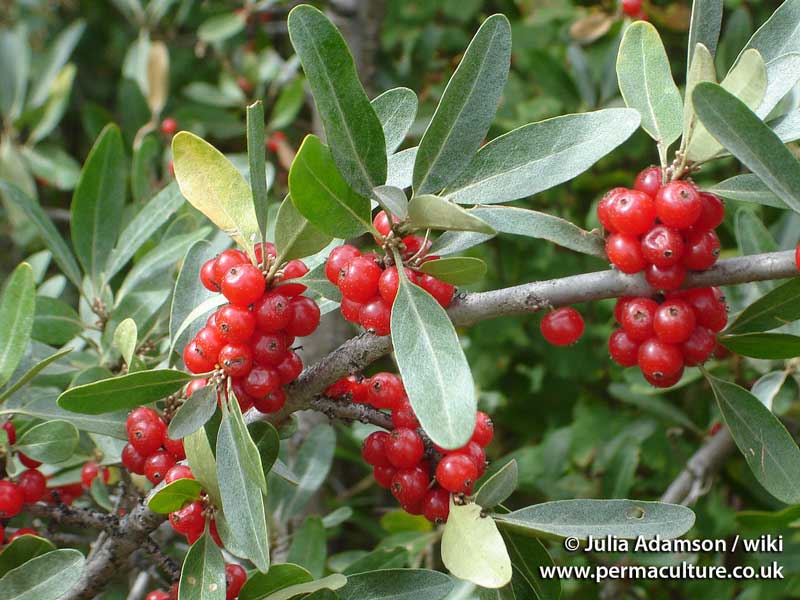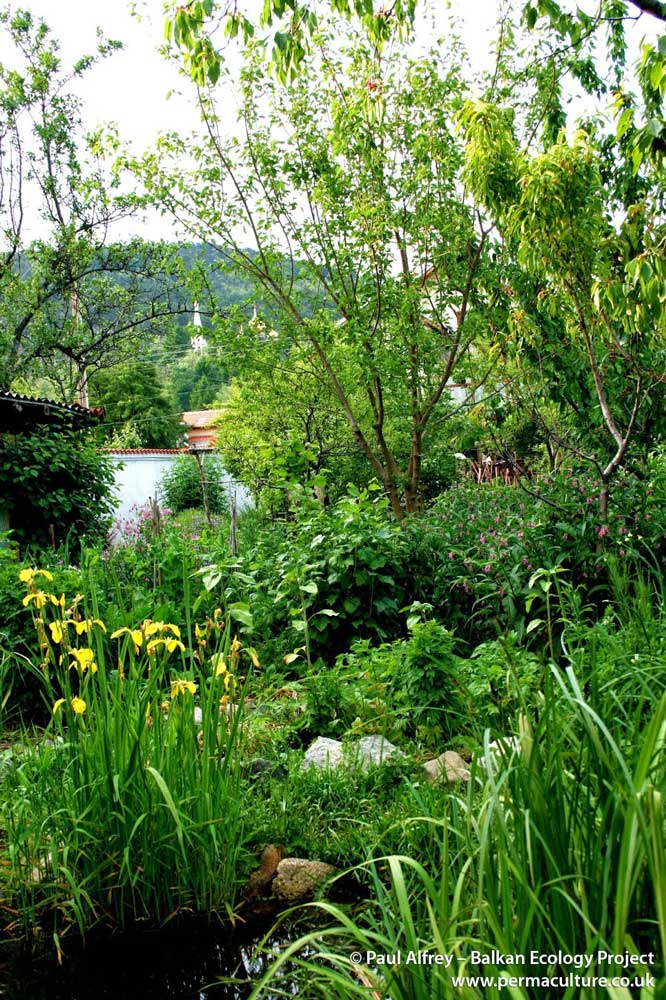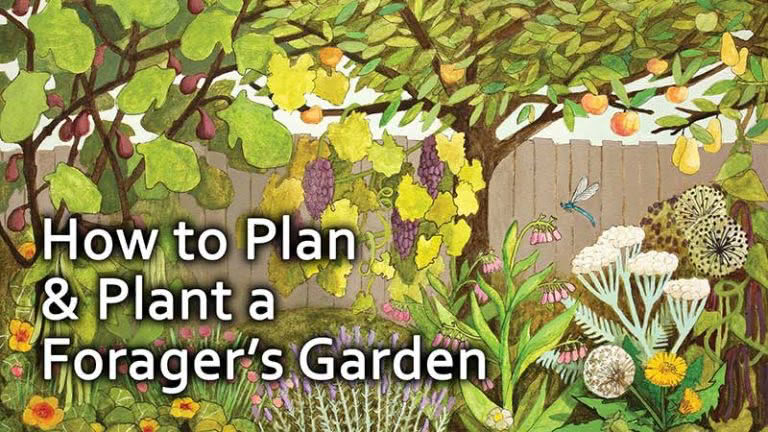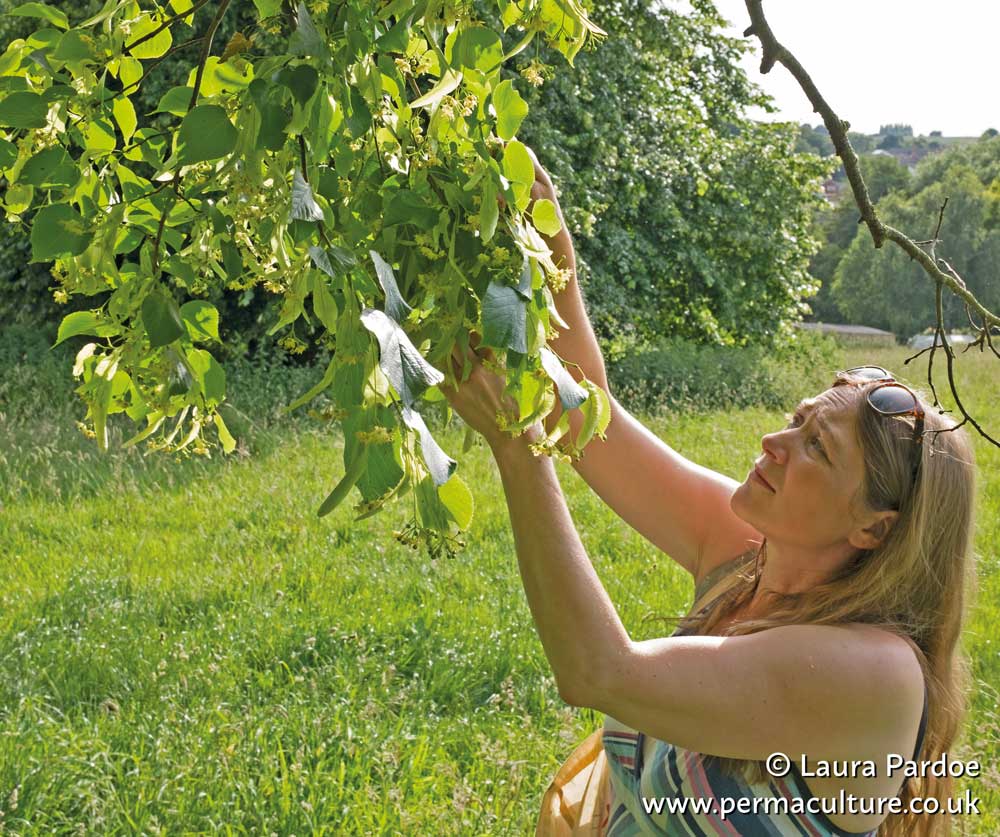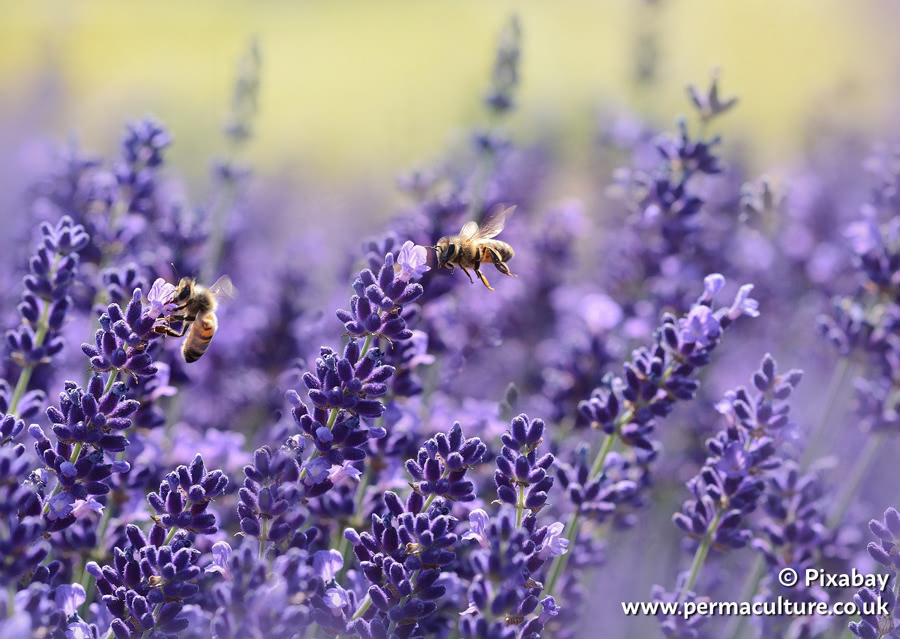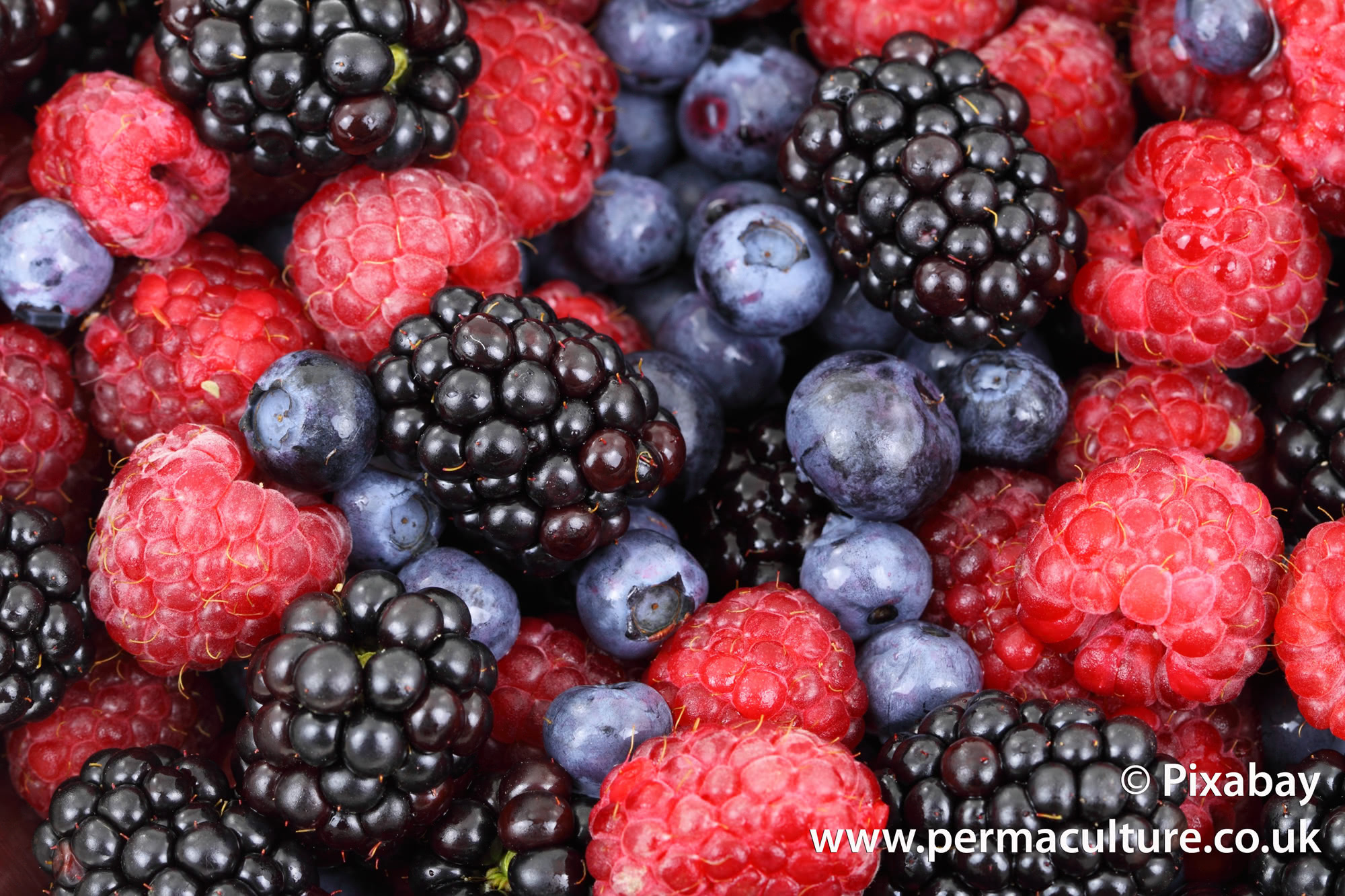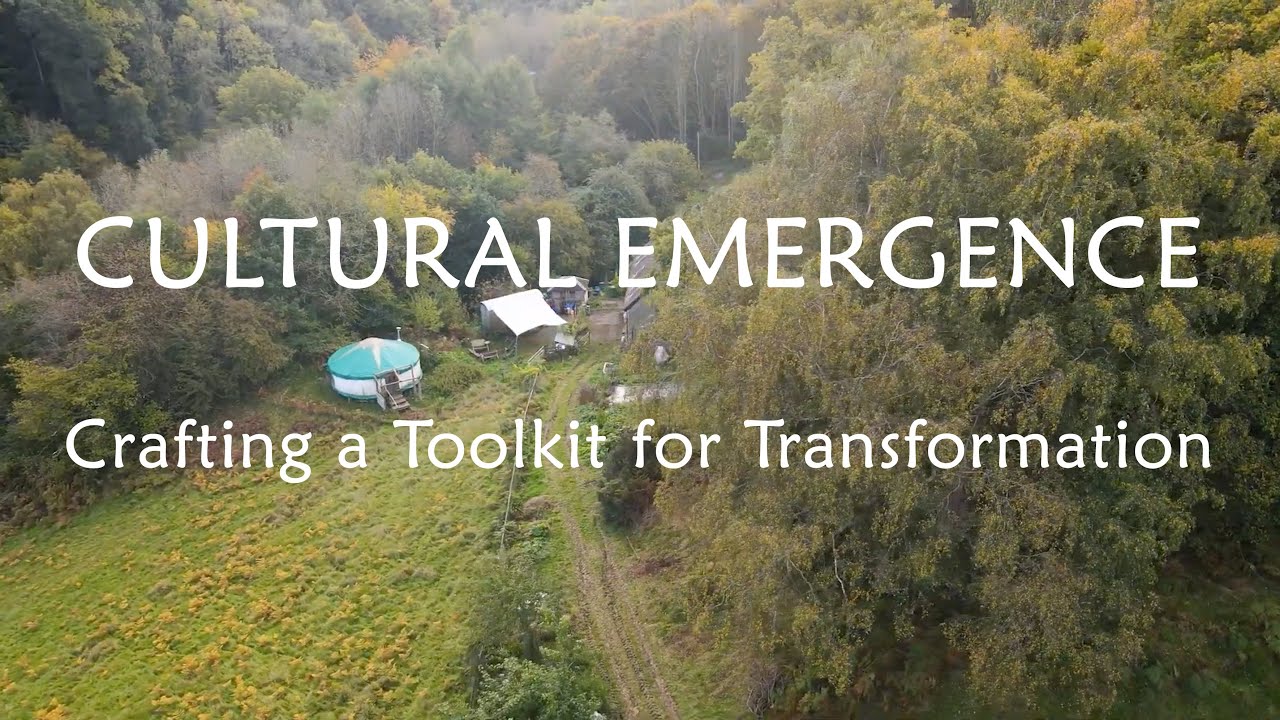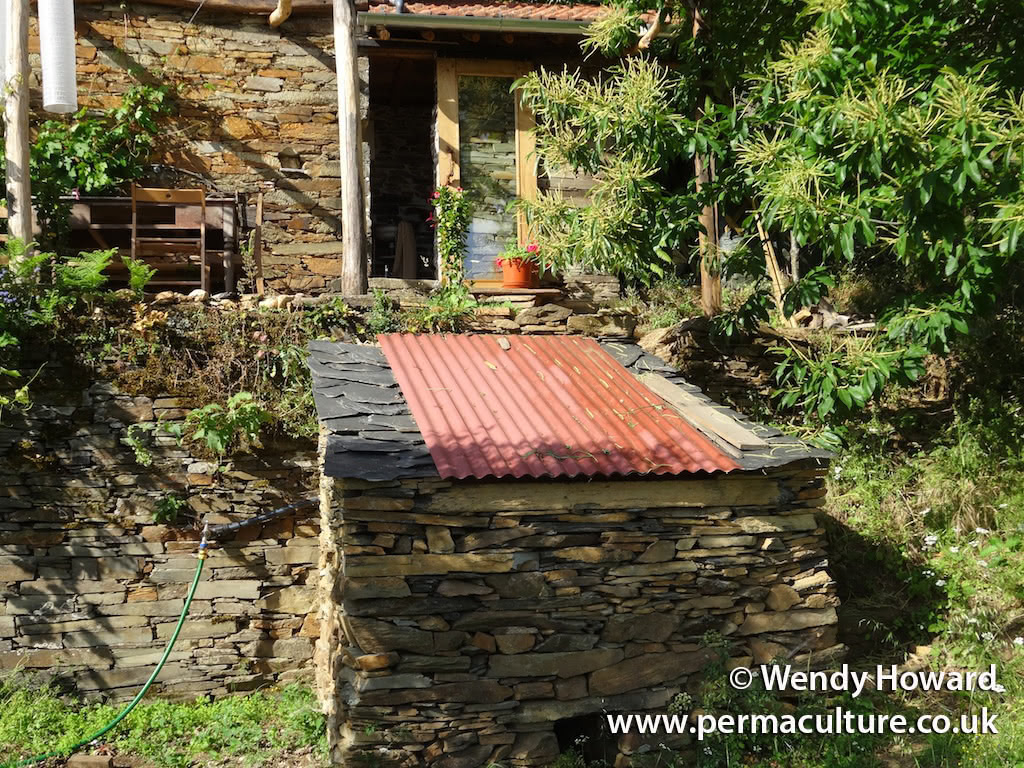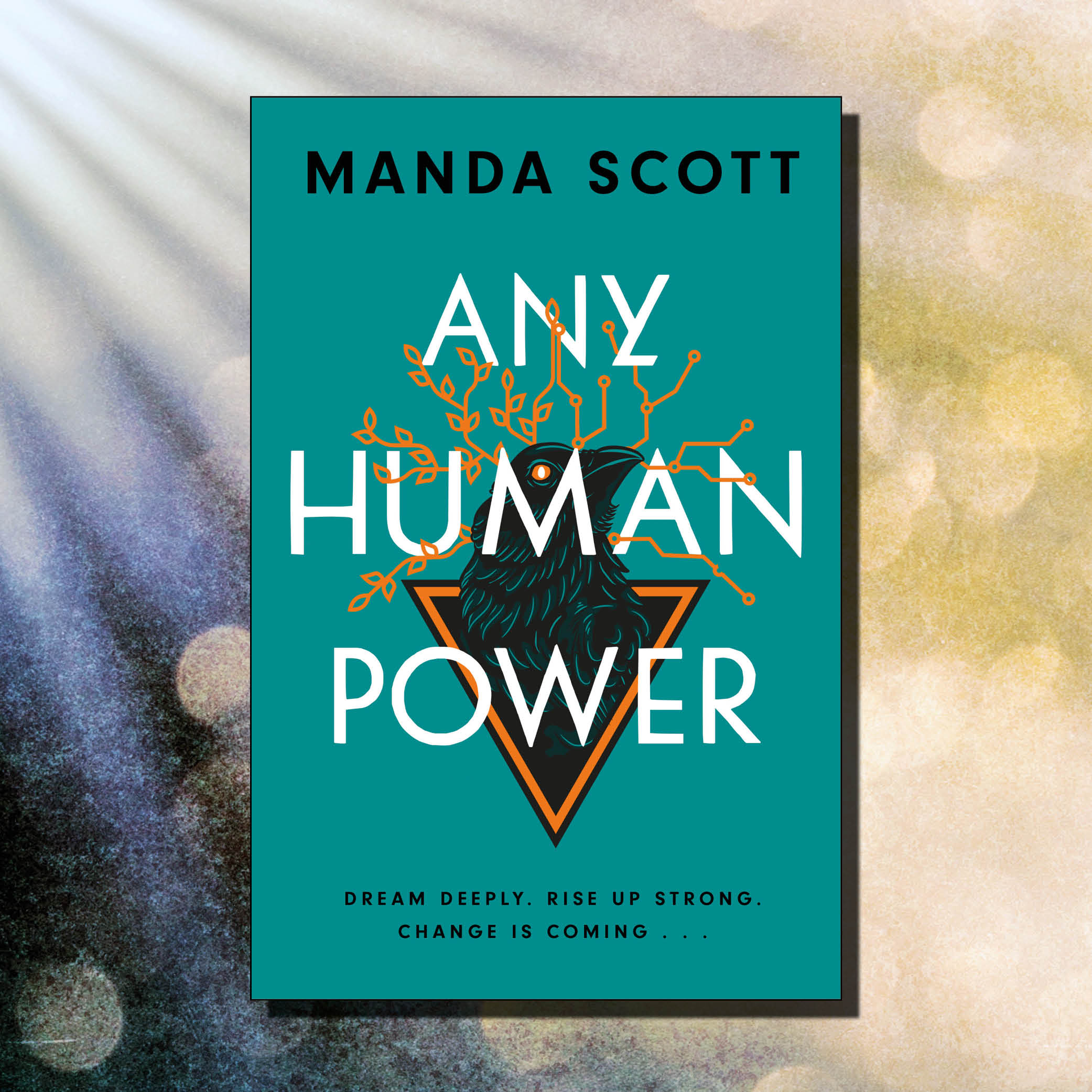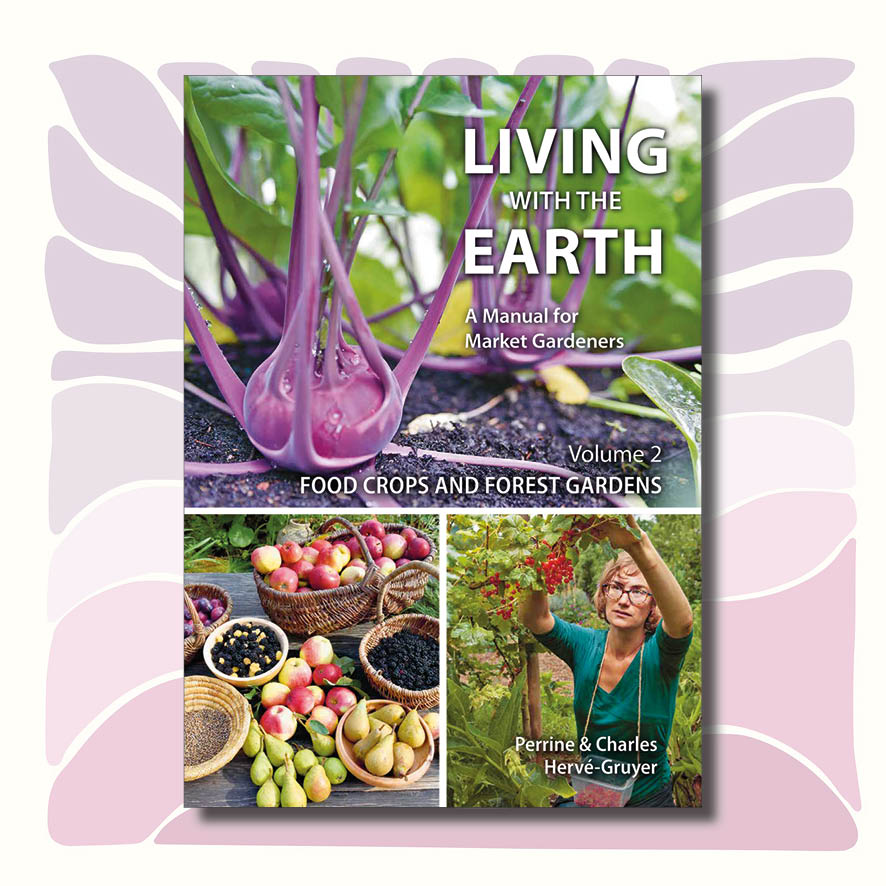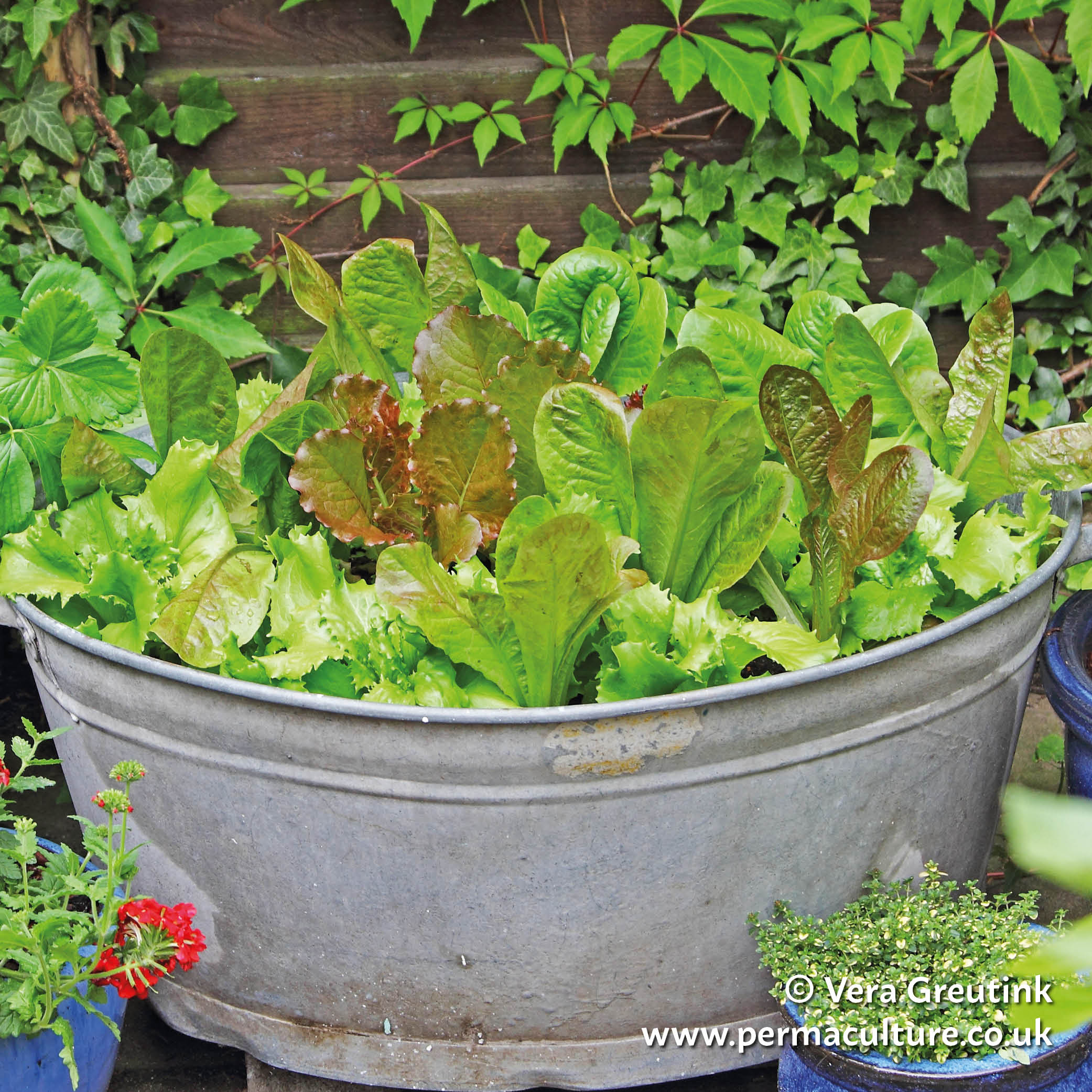Sustainable agriculture is to some extent about putting the brakes on the cycles of dependence and degradation that are caused by oil based farming practices. Yet the term also begs questions about exactly what it is we actually want to ‘sustain’. Sustainable farming practices reduce the harm done by artificial inputs like fertilisers and pesticides, but often maintain a ‘business as usual’ approach to the status quo, albeit with a little ‘green’ shading around the edges. Indeed many aspects of ‘sustainability’ have been very successfully co-opted by big business and the multinational corporations as the concept becomes increasingly mainstream. How often do we see mass-media advertising campaigns exhorting the consumer to ‘do their bit for The Planet’ by buying the latest eco-product? It could be argued that in some ways this is a good thing. It is at least raising awareness and maybe encouraging us to take what Joanna Macy terms ‘holding actions’ and mitigate the harm being done to our ecosystems. But simply not making things worse isn’t enough any more. Where possible, we should support agricultural systems that are actively regenerative, in that they build soils, restore watercourses, and encourage biodiversity, while at the same time reduce dependency on outside inputs, and increase farm yields and economic viability. Or, in the words of RegenAG International founder Darren Doherty, leave things better than we found them.
Conventional thinking says that it takes a thousand years to create a few centimetres of soil. But under the right circumstances we can in fact build soils just as quickly as we can erode them, and at the same time sequester up to 40% of carbon emissions by adopting regenerative agricultural practices. The five essential requirements for rapid soil building are:
Regenerative agriculture therefore encompasses a diverse portfolio of strategies that individually or together can rapidly build soils, communities and economic viability. Some techniques, such as encouraging livestock ‘mob grazing’ modelled on the behaviour of wild herds, are not within the scope of this book. Others, such as: minimising the usage of heavy machinery; harvesting water and practising effective irrigation; utilising long term cover crops and subsoil ploughing in order to avoid erosion and compaction; and developing viable local markets for produce, are well suited to stock free farming systems.
Tolhurst Organic is situated near the village of Whitchurch-on-Thames in south Oxfordshire and consists of 6.8ha (17 acres) in two fields and 0.8ha (2 acres) in the 500-year-old walled garden. For over 30 years the farm has been husbanded by Iain Tolhurst and his business partner Lin, and has had no grazing or other animal inputs added to any part of the farm for at least a decade. In addition to earning Soil Association accreditation, in 2004 Tolhurst Organic were the first growers to attain the Vegan Organic Network’s ‘Stockfree Organic’ certification symbol. Ian argues that primary fertility needs to come from the use of well-designed rotations using grasses, herbs or other fertility building crops. He points out that even though many consumers assume that organic production relies on animal manures to support fertility, most farmers growing vegetable crops do not have livestock, and so become reliant on imported manures. Bringing manure in from another farm is depriving that farm of its own fertility and is expensive in terms or energy, plus uses fossil fuels and adds traffic and pollution to the local environment. Instead Tolhurst is developing a ‘closed systems based’ approach, aimed at building biodiversity in order to maintain fertility and naturally manage pest populations by encouraging predators:
“Within our 17 acres of field vegetables we now have over 1,800m of hedgerow, which have completely changed the way that our crops interact with their local environment. The hedges are just a part of our biodiversity and habitat management: there are many other features that we have implemented on our fields to improve the chances for wildlife. We have had to give up small areas of land to do this, but it has enabled us to reduce the problems of pest attacks on our vegetables.”
Other strategies used at Tolhurst Organic include the use of ‘green manures’ as winter cover crops, and the implementation in winter 2013 of an extensive agroforestry system. This involves planting around 1,000 mixed tree species (including some fruit trees) between vegetable cropping areas in order to create a multi-dimensional growing system. The whole project will be monitored over the forthcoming years to evaluate its advantages and disadvantages in terms of productivity, as well as looking at the effect on sequestering carbon into the soil. The farm also demonstrates its social and economic resilience by pro-active local marketing. Direct sales and a thriving box scheme are a crucial aspect of regenerative capacity building, offering a viable alternative to the financially precarious nature of so much modern industrialised agriculture.
Indeed trade is one of the factors that pulls communities together, and spending our money with small growers as well as neighbourhood greengrocers and wholefood shops is one of the most powerful things we can do to support human scale social networks. Every time we spend a pound in the supermarket, 80p goes straight out of our community, swallowed up by the costs of transport, packaging and advertising or straight into the coffers of the faceless corporations. But when we use our money locally, investing in each others’ skills and potential, we can have far more control over where our energy is used and what we are supporting. The same pound spent with a small business providing employment and using produce grown within the region largely stays within the community to be continually reinvested to produce wealth for all.
Recently described as “British farming industry’s most high-profile shop-window”, farmers’ markets are currently enjoying a resurgence throughout the UK and US. A farmers’ market is defined as one in which farmers, growers or producers from the local area (usually within a 30-50 mile radius) are present in person to sell their own produce to the public. All such products should have been grown, brewed, pickled, baked, or processed by the stallholders themselves.
Box schemes too are an increasingly popular system whereby boxes of locally grown, seasonal fruits and vegetables are directly distributed to subscribers. Usually these are home delivered, or else are dropped off at a central point for customer collection.
In both cases, cutting out the middleman and maintaining face to face contact between producers and consumers creates a ‘win:win’ beneficial ‘edge effect’. Customers are able to obtain fresh, high quality organic food at an affordable price. They can be confident of its origins, ask questions and get closer to the sources of local foods. Meanwhile, small independent growers are able to obtain a market for their produce that avoids dependence on the often crippling capriciousness of the corporate buyers, as well as getting valuable feedback from customers.
Growing Communities in Hackney, northeast London was set up in 1996 by Julie Brown and other local residents who were concerned about a food production system that they saw as being vulnerable, wasteful and unhealthy:
“We are working to create a more sustainable and resilient food system to meet the challenges posed by climate change and resource depletion. Oil, on which we depend for our food, won’t last forever and will get increasingly expensive. Our health is suffering from processed food. I want to use community-led trading as a practical way to change from a system which is damaging to one that is more sustainable.”
Starting from a small box scheme based in her garage in Stoke Newington, Julie soon made connections with farmers in or close to London and an organic wholesaler in Covent Garden Market that could supply fruit and vegetables all year round. The project now has over 600 members and employs 22 people, delivering to seven pick-up points in a converted milk float. Much of the produce is sourced from growing plots in and around Hackney, and the project is currently creating a ‘Patchwork Farm’ network where trained apprentices will grow food on small patches of land in back gardens, on church land and on estates. Growing Communities provides the land, tools, equipment and help with planting plans, and the apprentices gain transferable skills, and work to produce salad leaves and other vegetables that are fed into the box scheme. The aim is not only about generating more sustainable produce but is also to help people to generate an income from urban food production.
The project also runs a highly successful farmers’ market in Stoke Newington that is committed to working with small-scale organic and biodynamic farmers from the areas closest to London. Most producers come from within 60 miles of Hackney, and include Ripple Farm in Kent, Wild Country Organics in Cambridgeshire, The Mushroom Table in Essex and Say It With Herbs in Hertfordshire. Growing Communities’ Manifesto states that:
“Our experience has shown that urban communities are well placed to provide farmers and urban growers with many of the things they need, by establishing alternative trading routes for those farmers and growers. Which is why community-led trade and the Growing Communities approach have the potential to make a real difference here. Through community-led trade we can reach out and support those farmers now and in the future who struggle to farm sustainably and make a decent living. And in the process we can create sustainable and meaningful work for ourselves, while providing our communities with good food.”
‘Tekai’ is a Japanese term that means, ‘putting the farmers face on food’. During the 1970s a group of women who were concerned about increases in food imports and a declining farming population initiated a direct growing and buying relationship between themselves and local producers. By the 1980s this concept of Community Supported Agriculture had spread to Europe and the USA.
Although produce is often distributed in a similar way, CSA requires a higher level of customer commitment than a box system. In the case of subscription farming, customers typically pay for a season’s worth of produce, either upfront or by instalments. In this way they enter into a contract with the grower agreeing to share the risks of what the season may bring rather than buying a fixed amount of food. Although the grower will provide a list of crops and their expected yields, in a good year there will be plenty of produce, but in a bad year there may be less. In practice, risks are minimised by growing a wide variety of crops, and customers will usually get more than the worth of the financial share put in. The advantage for the grower is that they are guaranteed an income, as well as obtaining most of the money that they need for seeds, tools and other expenses at the beginning of the year. This reduces the need to borrow from (and pay interest to) the banks, which can be crucial for the viability of small-scale growers who do not have much capital.
An innovative variation on the CSA theme is the Rent-an-Apple scheme pioneered by Lathcoats, a 55ha (135 acres) commercial fruit farm near Chelmsford, Essex. Facing increasing competition from supermarkets selling imported apples, the farm trialled a scheme in which they ‘hired out’ 47 apple trees for a fee of £10 each. Each customer was guaranteed 13kg (30lb) of apples equating to 77p/kg (35p/oz) – good value compared with supermarket prices, with the farm agreeing to make up any shortfall. Most customers lived within 15 miles of the farm, although a few came from as far as 35 miles away. Although not generating a huge amount of income in financial terms, the project has been considered a success in terms of publicity as well as the connections made with local people. Customers were encouraged to visit their trees throughout the year and those who watched their fruit develop tended to be more tolerant of imperfections. Project organiser Stephen Taylor compared the attitudes of farm customers: “The Pick Your Own scheme customers will reject fruit, throwing what they don’t want onto the ground, with the rent-a-tree scheme they take it all home as they feel it is theirs.”
This is an extract from The Vegan Book of Permaculture by Graham Burnett.
Graham is an author and permaculture teacher and runs permaculture courses in North London through Naturewise and in West Essex at Dial House and is the founder of Spiralseed, an ethical organisation based around the three principles of permaculture, Earthcare, Peoplecare and Fair Shares.
